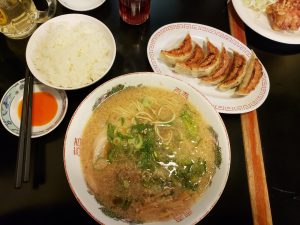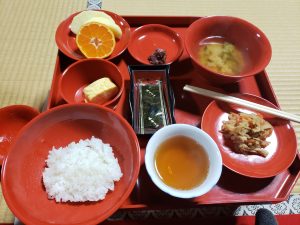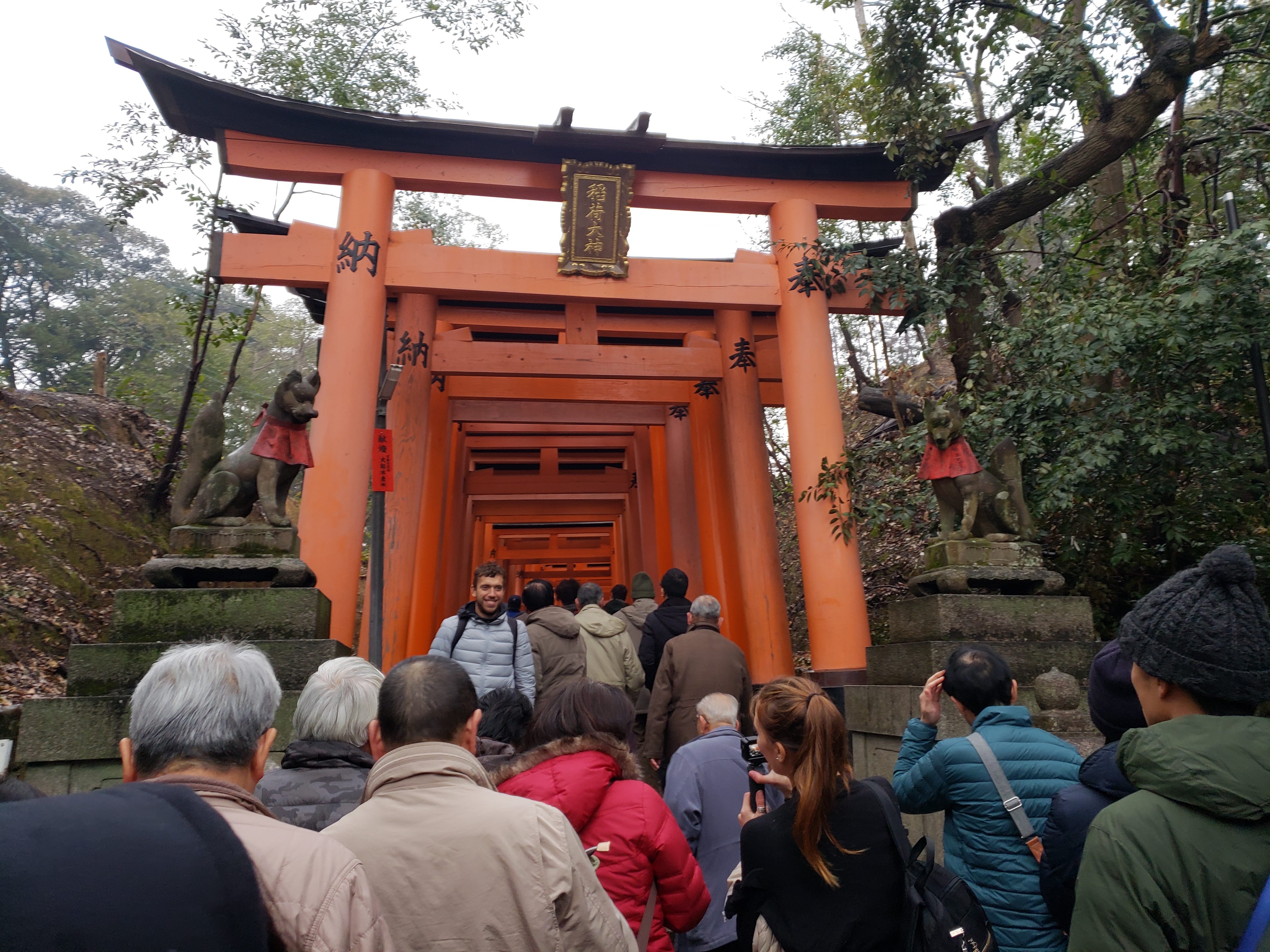コンビニ / Convenience Stores + Vending Machines

So these convenience stores are dumb lit. You can get a delicious hot meal for under 5 dollars (500 yen). The American bodegas cannot even compare! 7&i has amazing snacks for dirt cheap. They have croquettes, pork cutlets, shrimp tempura, and meat buns by the cash register. We ate dinner there many-a-time. Onigiri is plentiful, and one of our own (Rocky) got so obsessed with them that she ate at least two a day every day of our trip. She is practically made of salmon and rice at this point.
The conbinis are also heavenly because they have lots of products besides food. They have really good headphones for around 13 bucks that last. They got makeup at a drugstore price. 7&i is so enthralling, for real. Lawson is alright, but not nearly as much of a selection. It’s great for alcoholic drinks though *wink wink*.

Next, are these amazing vending machines that you can find anywhere. If you throw a yen coin in any direction around you while you stand on the street, you’ll definitely hit a vending machine. They stand tall around the corners of buildings, next to parking garages, and in cul-de-sacs. Some are even in front of people’s houses. What makes these vending machines so fantastic is the fact that they deliver your drink cold or hot!! You can order a bottle of hot milk tea for around a dollar and change (130 yen), and it will stay warm as you drink it. The first time we discovered this, we thought it was sorcery. The drinks differentiate in temperature with the icon by their price: cold is always blue and usually depicts a snowflake or water droplet, and hot is red with a little flame or 温かい/あたたかい.
Eating Out























Osaka Trip
The second-to-last day before we left Kyoto, five of us visited Osaka. It was a beautiful, sunny day. We took an hour long train and got off at Osaka Station where we found a huge shopping center. We decided to go to an underground mall a couple minutes away that had EVERYTHING. There was a food court with restaurants, cafes, a bread shop, and fresh vegetables and fruits. I had doubts about going to the “Kid’s Play” section but, it was filled with character goods (GUDETAMA!!), clothes, and more. It was a dream come true.


 View from the top floor of Osaka Castle
View from the top floor of Osaka Castle
Next we took the train to Ōsakajōkōen (hehe) to go to Osaka Castle. Osaka Castle was commissioned by Toyotomi Hideyoshi and played a major role in the fall of the Toyotomi clan (Wikipedia). The castle has been turned into a museum (admission is 600 yen) with 7 floors plus an observation deck. Pictures are not allowed after the 5th floor but, there are beautiful screens depicting scenes of the Summer War of Osaka, letters from Toyotomi to his family, and artifacts like swords. More info about the castle can be found on the museum website here (English) (日本語).




We hopped on the train again and got off at Namba Station to visit the Ebisu bridge and Dotonburi to eat food. There was a takoyaki stand every couple of feet, delicious dango, and so many people! Many of us felt it was like Times Square because of the lights and the crowd.
Shinkansen

If you want to travel outside the general area, a shinkansen is the way to go. This train (also known as the bullet train) can get you to Tokyo in a matter of hours. For me (Johnny), it allowed me to make a trip to the south island and visit my family in Fukuoka. Travel by train in Japan is wildly efficient and timely, and the shinkansen is the apex of it all. Departing right on time, the super express will only stop for one minute at each station along its path so don’t doze off close to your stop! Riding in the shinkansen was like gliding above the tracks at mach speed. It was a great way to start and end an excursion to see family.
金閣寺(Golden temple)
The golden temple is one of Kyoto’s most famous local and tourist attractions. The building is partly covered in gold leaf, hence its name. Built in 1397, it was originally the residence of shogun Ashikaga Yoshimitsu, before being transformed into a zen temple after his death. Admission is only 400 yen (around 4 dollars), and is open all week long.


Fushimi Inari
Is a Shinto Shrine famous for its thousands of gates that span through paths that lead up to mount Inari. As you walk up through the paths, you will come across multiple shrines and beautiful scenery. I would recommend wearing comfortable shoes, as hiking to the summit and back will take between 2 to 3 hours, offering a unique experience.







